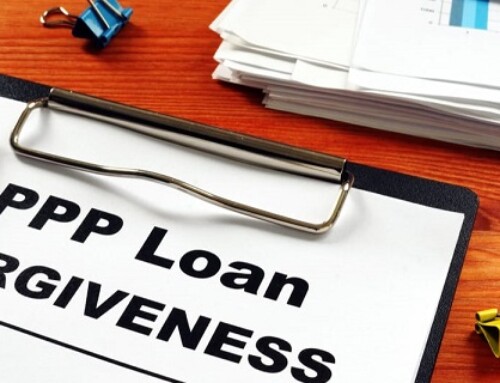Now most of us know not to access suspicious links embedded in emails from known and unknown sources, and we’re aware of the threats posed by public Wi-Fi networks. However, according to Eric Cole, a cybersecurity expert and author of Online Danger: How to Protect
Yourself and Your Loved Ones From the Evil Side of the Internet (Morgan James Publishing), there are two more areas where most of us can focus some attention and make changes in an effort to improve our chances against the risks of identity theft:
1. Reconsider your credit card use. Cole suggests having at least three or four credit cards to handle all of your needs. He recommends only using your debit card at ATMs to withdraw money. Have a dedicated credit card for fixed and recurring monthly payments such as health club memberships and lawn service payments. Use one credit card for online purchases and a different one for in-person transactions. Having a low line of credit on each card will prevent you from overspending while allowing you to isolate your vulnerability.
2. Separate your high-risk and low-risk activities. Use one device, such as a tablet or a laptop, to surf the web, access emails, and shop through retailer apps. Dedicate a different laptop or even a desktop for encrypted activities such as online banking and online investments. Keep your virus protections current on every device, and be mindful about how you use them.





